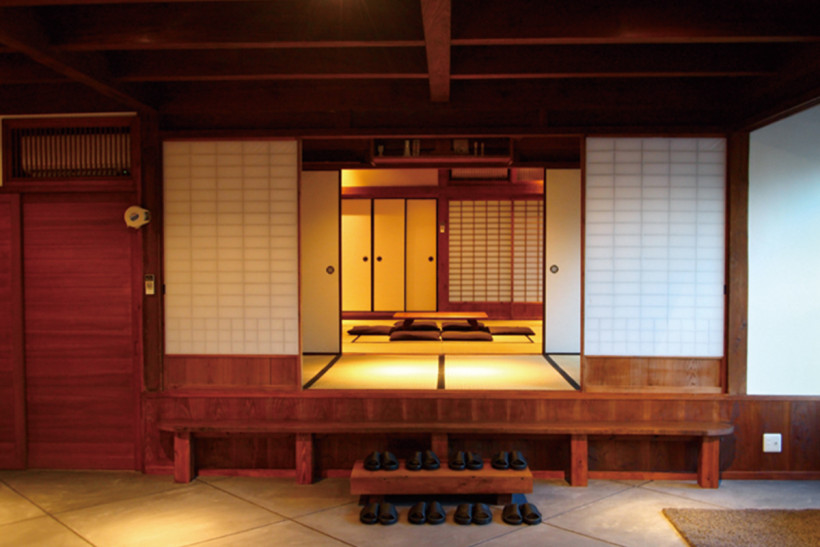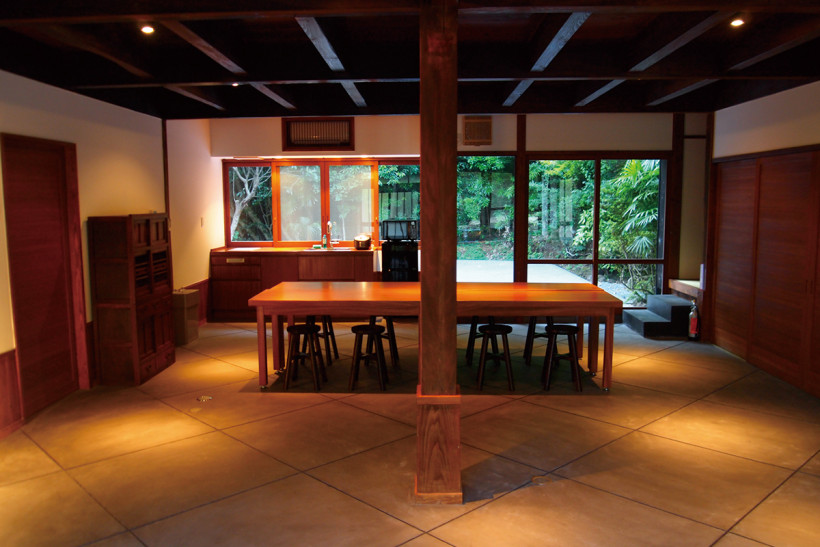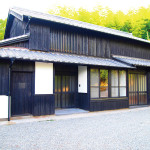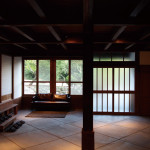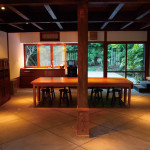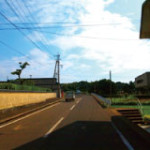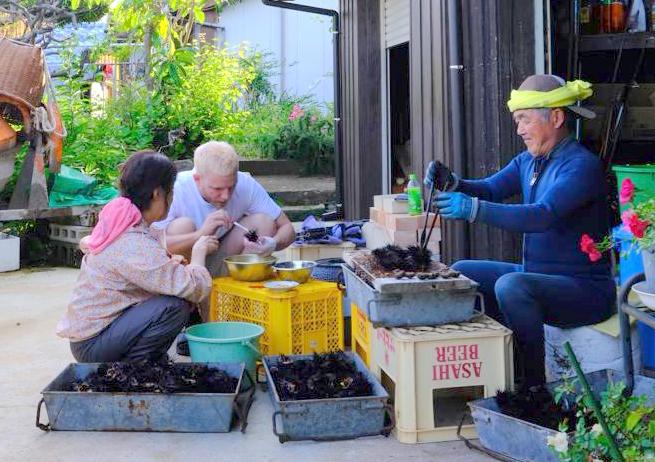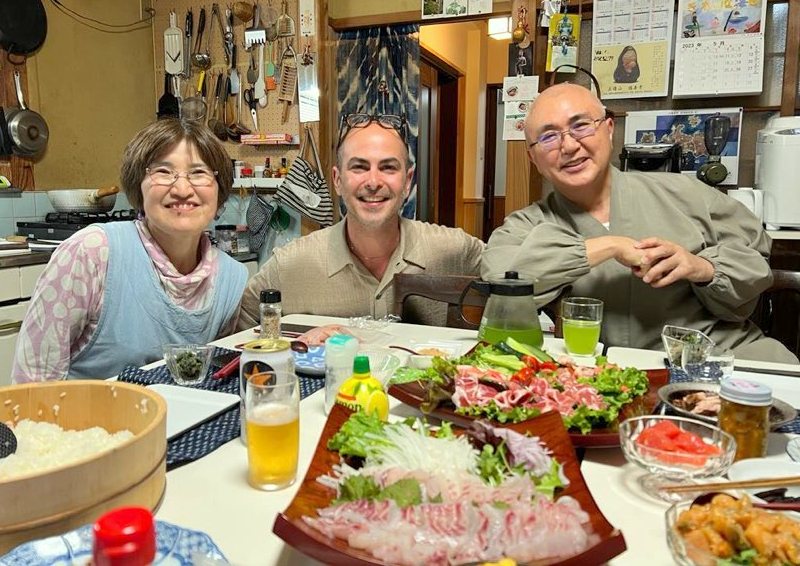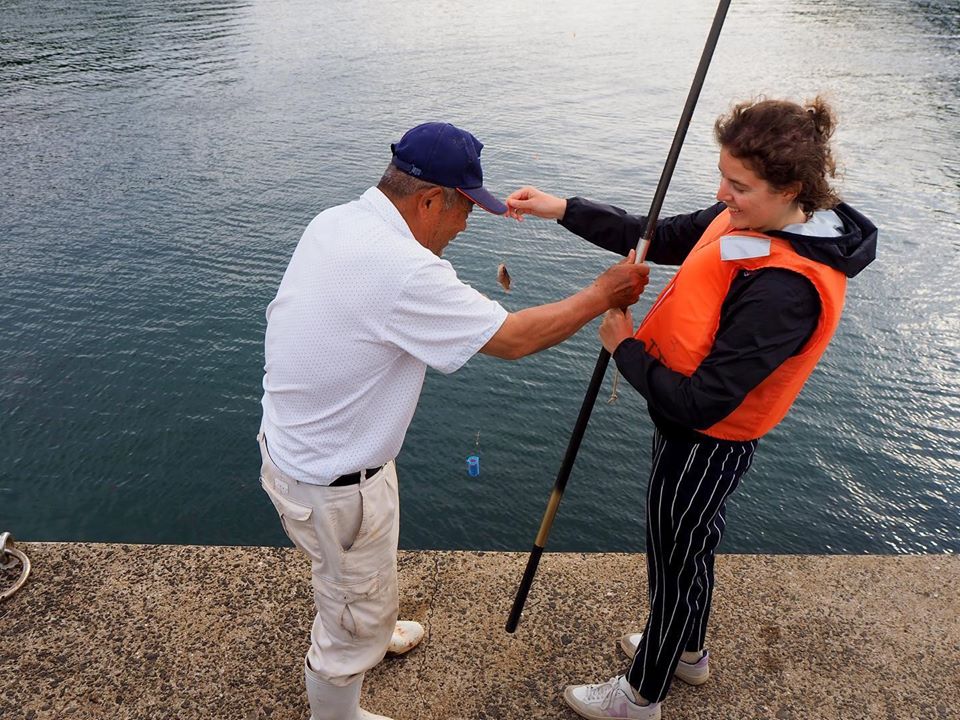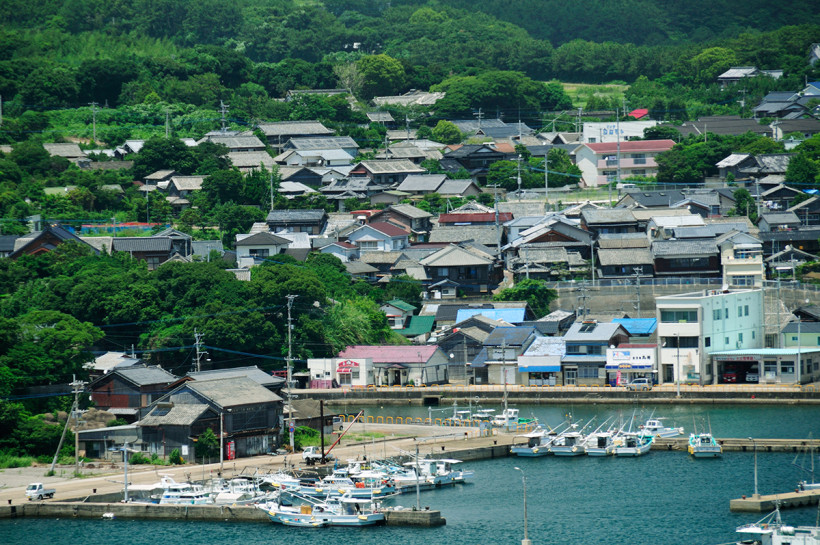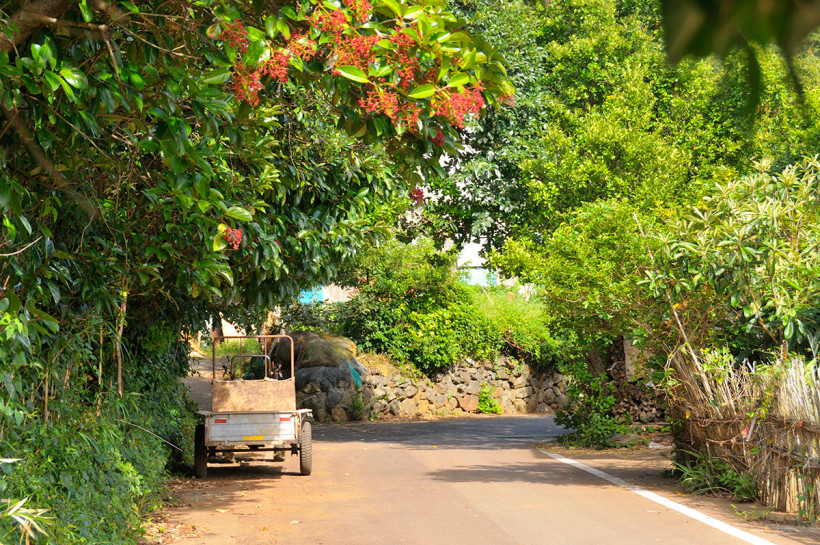
Tucked away in the bamboo grove atop a hill— the most intimate hideaway.
Wander just a little further, deep into the Ojika’s “countryside”.
There, surrounded by lush nature stands KOJIROYAMA— your jungle getaway.
An old farmhouse got renovated and turned into a beautiful guesthouse.
Have the whole house to yourself, and enjoy undisturbed time with your family and friends.
●Capacity: 6 Guests
-
Guesthouse KOJIROYAMA ・Price List (2024)
-
Regular Season High Season 1 night 35,000 yen (excl. tax) 40,000 yen (excl. tax) 2~ nights 23,000 yen (excl. tax) 26,000 yen (excl. tax)
-
-
RESERVATIONS
-
Bookings are made filling out the contact form or contact us at yoyaku@ojikajima.jp.
Allow us to help customize a vacation that is uniquely yours.
OJIKA ISLAND TOURISM
TEL: 0959-56-2646
(Open every day: 9:00~18:00 ※Except for 12/31 to 1/3)
Ojika Island Ferry Terminal
〒857-4701
2791-13 Fuefuki-gō, Ojika-chō, Kitamatsuura-gun, Nagasaki-ken
-
Facilities&Amenities
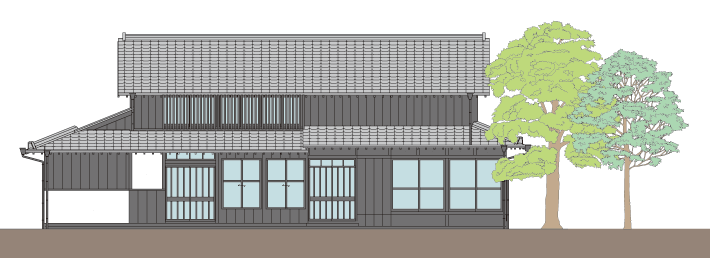
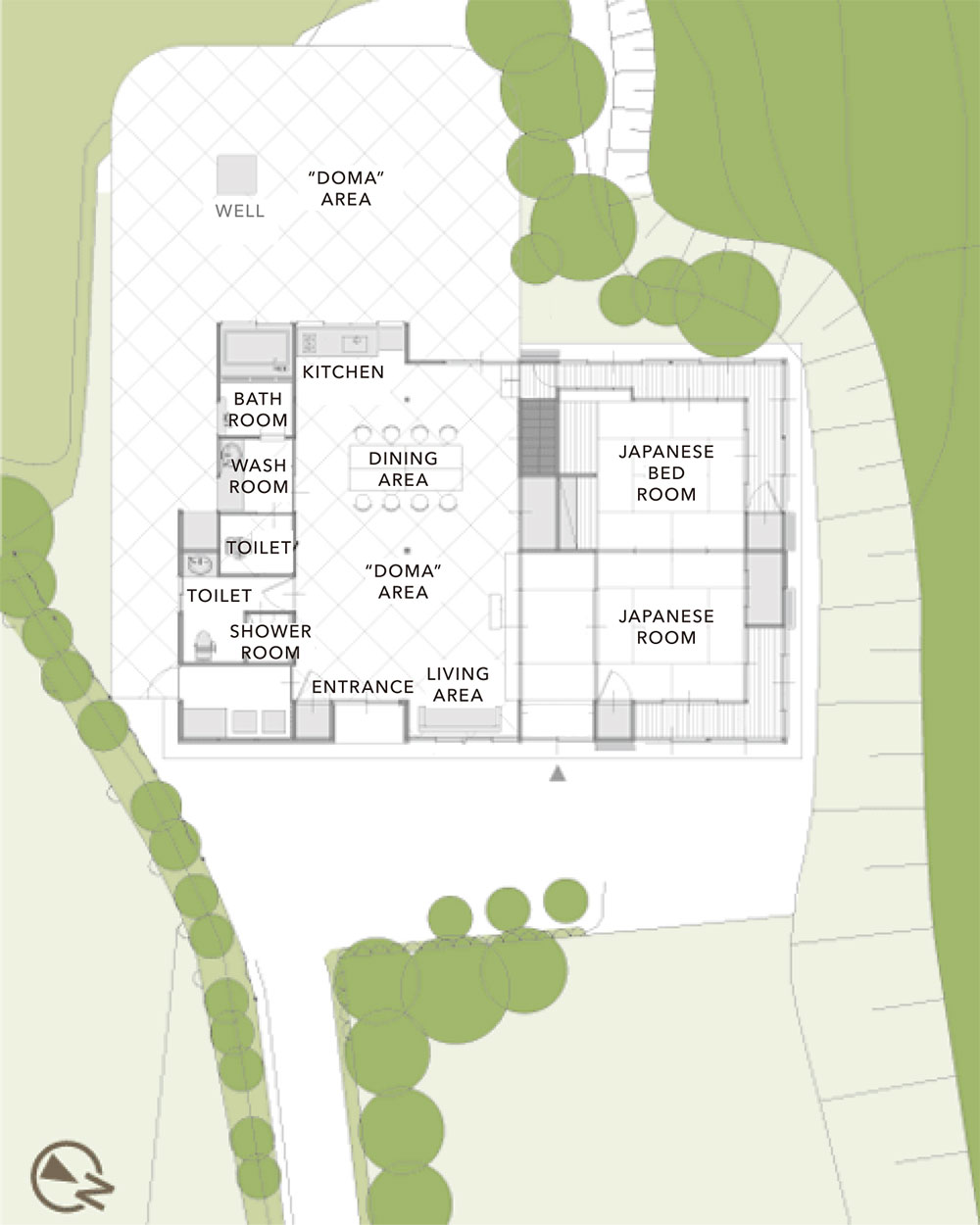
Location
KOJIROYAMA is located in the Hamazu area, which is considered to be the “countryside” of Ojika Island. Tucked away in the quaint neighborhood with a bamboo grove growing in its backyard, KOJIROYAMA has the friendliest neighbors, one of whom welcomes KOJIROYAMA guests to drop by any time to admire his beautiful hydrangea garden as well as meticulously crafted bonsai trees. Conveniently, there is a supermarket just a few minutes away from KOJIROYAMA.
INFORMATION
●Please visit Ojika Island Tourism office located inside the ferry terminal once you reach the island
●Pick up service is not included in the service offered to KOJIROYAMA guests. Please rent a car or use a taxi to get to KOJIROYAMA
Our staff will meet you at KOJIROYAMA. After the check-in and breath tour around the facilities you will receive keys to KOJIROYAMA
PRESERVING THE FOLK HOUSES
The ancient folk houses are an important cultural asset of Ojika Island.
The following rules were created to protect and preserve these folk houses.
・No fire on premises of kominka, including BBQ and fireworks
・No smoking inside the building
・No pets
・Please be careful when cooking: refrain from preparing food that produces a strong smell, or from using any cooking methods that might potentially cause damage to kominka, e.g., cleaning fish, deep-frying, etc.
IMPORTANT NOTICE
The following toiletries are provided at KOJIROYAMA: shampoo, hair conditioner, body soap, and hand soap. Please bring any other toiletries you may need, including toothbrush and toothpaste.
・Only one set of bed sheets will be provided for the duration of your stay
・The laundry service is not provided. Please use the washing machine and detergent provided at kominka
・KOJIROYAMA does not have Wi-Fi
・Softbank does not have any signal
—A 100-YEAR OLD BUILDING
Please note that the Japanese folk house you will be staying in was built more than 100 years ago using natural materials such as wood, earth, and straw. As such the soundproof and insulation system is lacking compared to a modern building. Also, due to Ojika Island’s natural environment, especially in the summer season, you might encounter insects inside the house. We ask for your understanding and apologize for any inconvenience caused.
| ADDRESS | Hamazu-gō, Ojika-chō, Kitamatsuura-gun, Nagasaki-ken |
| AREA | Floor Area: 161.3 sqm Site Area: 799.7 sqm |
| CAPACITY | 8 guests |
| CHECK-IN | 3 PM |
| CHECK-OUT | 10 AM |
| FACILITIES&AMENITIES | |
| The old beauty of kominka has been preserved while adding the beloved modern comforts such as HVAC (heating, ventilation, and air conditioning), high-quality linen, and state-of-the-art bathroom. Enjoy cooking in a fully-equipped modern kitchen with a large bathtub waiting for you at the end of the day. | |
| ELECTRIC APPLIANCE | |
| Kitchen | Induction cooktop, Refrigerator, Microwave, Rice Cooker |
| Other | Air-conditioner/Heater, Shower Room, Toilet, Washing Machine, Washing Detergent, Vacuum Cleaner |
| AMENITIES & OTHER | |
| Kitchen Utensils | Plates, Cups, Glasses, Tea Pot, Chopsticks, Spoons, Forks, Knife, Cutting Board, Sieve, Mixing Bowl, Pot, Frying Pan, Tea Towel, Kitchen Cloth, Dishwashing liquid, Kitchen Sponge, Aluminium Foil, Food Wrap and more. |
| TOILETRIES | Shampoo, Body Soap, Hair Dryer |
| OTHER | Japanese-style matress, bed linen, slippers, insect repelent Please bring the following items:Bath and Face Towels, Pajamas, Toothbrush, Shaver, Face Wash, Bath Sponge, etc. ※Laundry and cleaning services are not provided. |
| RENTAL | |
| Items | Yukata (casual kimono usually made of cotton or synthetic fabric), towel, drip coffee, extra bed linen set. |
| ※You can purchase toiletries and other items at a local supermarket. | |
HOMESTAY
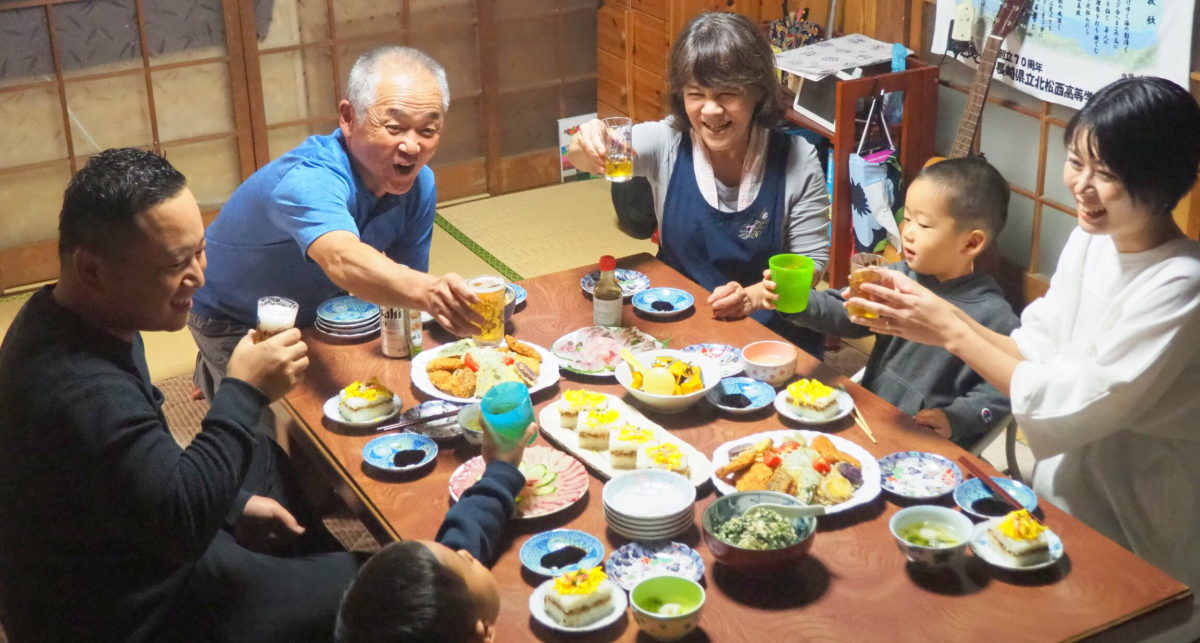
Peek behind the tourism scene, diving deeper into local culture not as a tourist, but as a member of a local family.Be it harvesting vegetables with a farmer, trying your hand at fishing with a fisherman, ringing the day’s first bell at a temple with a monk- participating in the daily activities of your host family will allow you to experience the island life from the locals’ point of view.
Food lovers will find dinner time at a local family’s house to be the highlight of their trip. Learn how to make authentic Japanese delicacies with your host mother and then sit down at the dinner table with the whole family for the most fantastic meal of your life.
The delicious food might fill up your stomach, but the laughter shared with your host family will fill up your heart, and soon enough it will feel like you’ve found your second home.
![]()
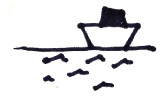
There’s no better way to connect with the local culture than by fully participating in it. Whether it’s catching your dinner at a local harbor, helping to prepare a dinner full of local dishes, or getting your hands dirty in a kitchen garden, taking part in the daily routine of a local family is the best way to immerse yourself in the local life and form meaningful bonds that will last a lifetime.

Families on Ojika Island have welcomed their first guests in 2006. Since then numerous travelers from all over Japan, as well as overseas, have found their second home on our tiny island.
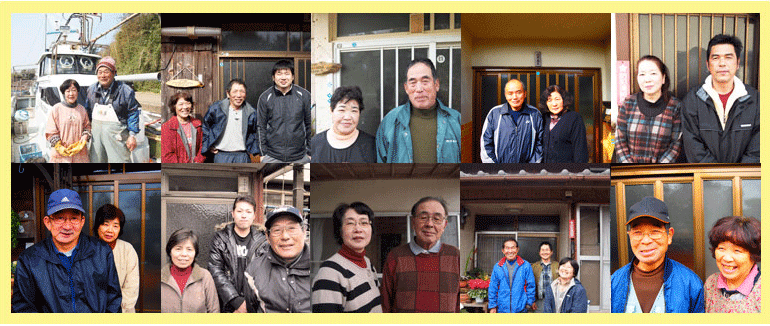
| Number of Guests | Price (per person) | What's included? |
| 2-6 Guests | 9,000 yen (excluding tax) | Dinner & Breakfast Pick-up at ferry terminal Medical insurance |
| 1 Guest | 12,000 yen (excluding tax) | 12,000 yen (excluding tax) |
※Please make a reservation at least two weeks in advance.
※You are welcome to experience Ojika as a family. Children under the age of 3 stay for free. Please note that two infants count as “1 Guest”.
※ During the high season (Golden Week and summer vacation) “1 Guest” reservations are not accepted. We apologize for any inconvenience caused.
![]()
Ojika is called the Island of Wholehearted Hospitality. Here you will find a microcosmos of everything that is wonderful about Japan including many traditional values, such as caring for each other without expecting anything in return.
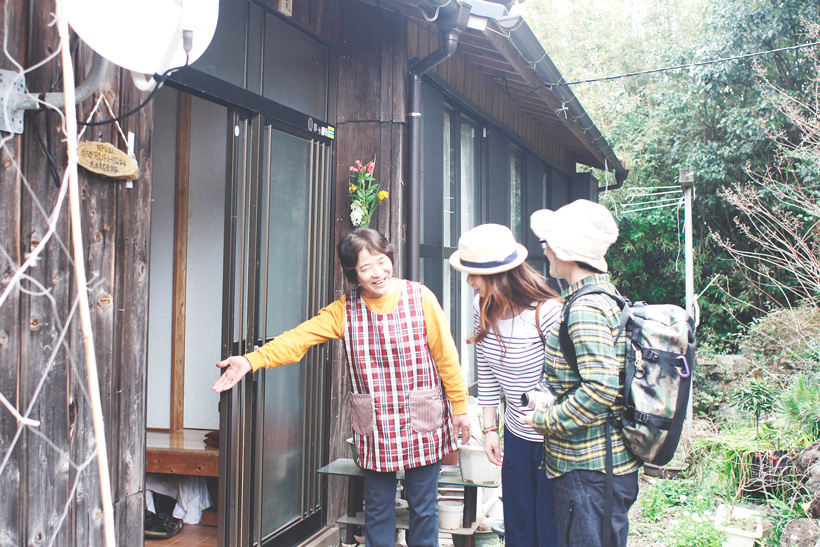
![]()
Growing, Harvesting and Cooking Your Own Food
Discover the joy of living in harmony with nature. On Ojika Island the daily routine revolves around preparing your food from scratch. Together with your host family, you will harvest vegetables and catch fish for dinner. The dinner time is the highlight of the day with everyone gathered around the table, feeling grateful to have each other to share the day’s produce with.
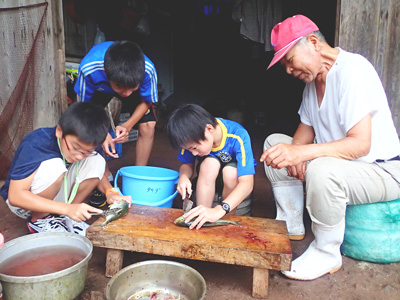
![]()
Feel the initial nervousness melt away as your hosts win over your heart with their sincere hospitality. Just like your grandparents, islanders show their affection through food, making sure you are well fed. So just kick back, relax, and let yourself be pampered.
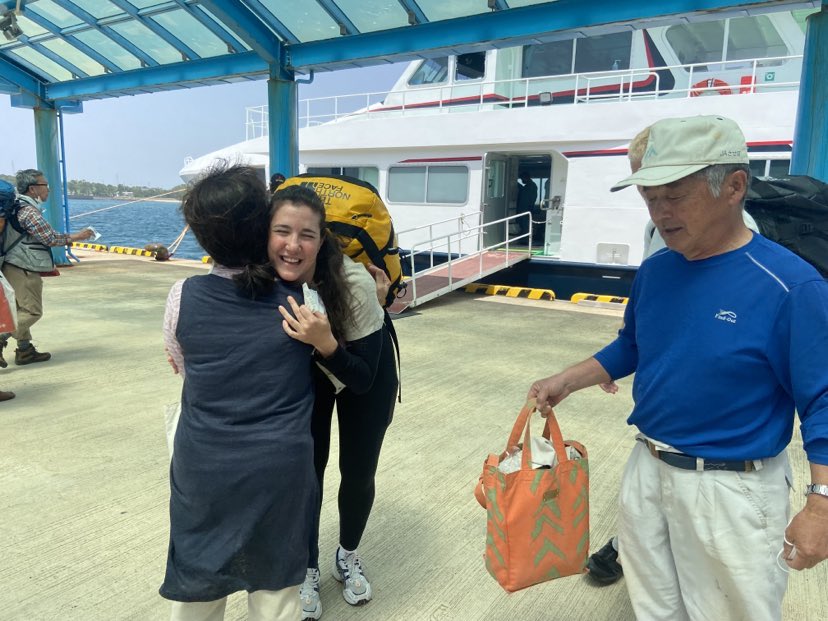
![]()
For islanders, food is one of the most important cultural assets and they take a lot of pride in their traditional cuisine. So make sure you say “Itadakimasu” before you eat and enjoy your food with a grateful heart. There is no bigger gift you can present your host family with!
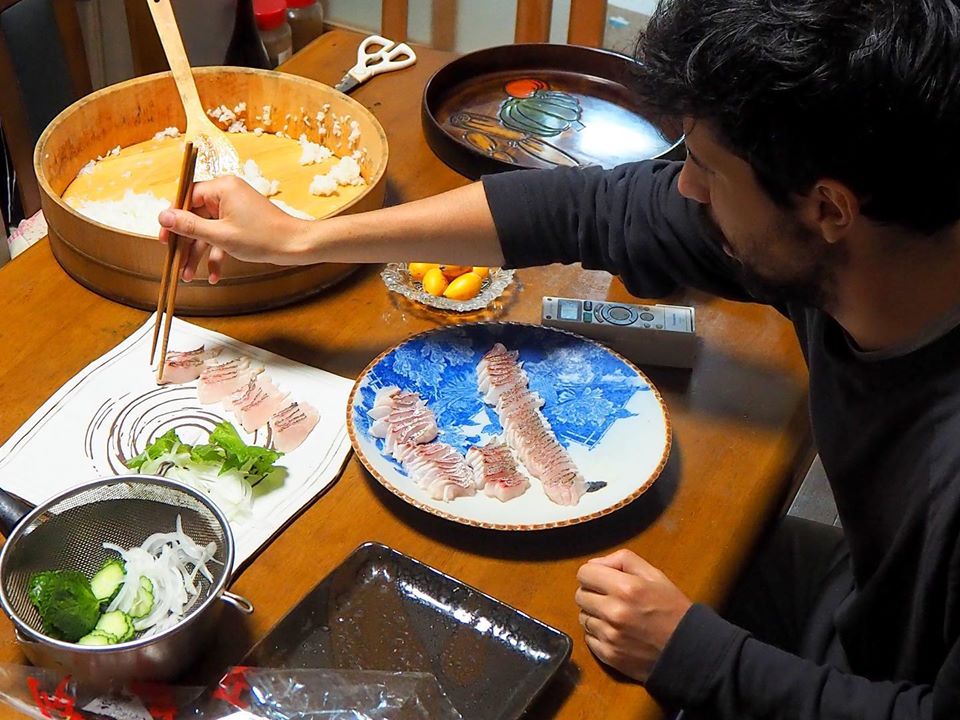
![]()
your hosts
Being the only guest means that you will have the undivided attention of your host family. Feel relaxed and at home, without worrying about disturbing other guests.

![]()
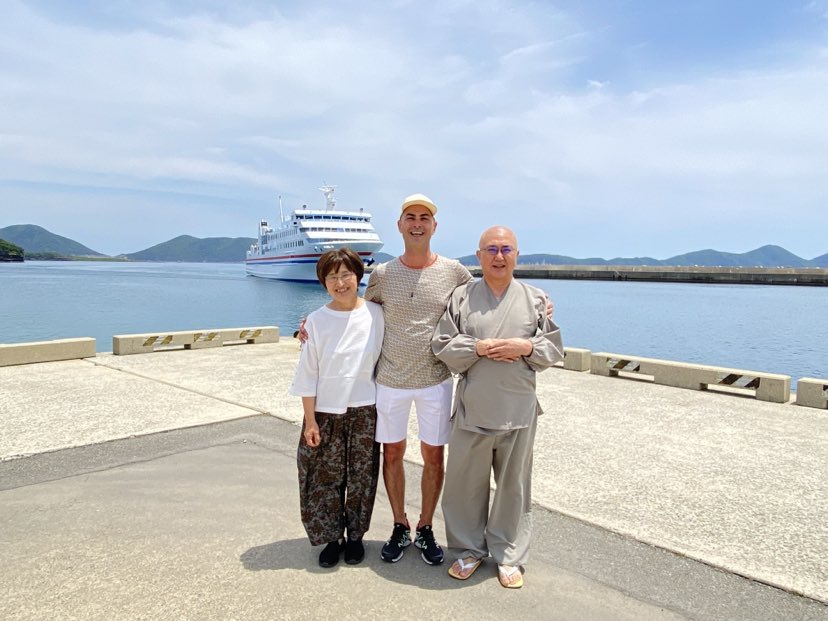
【 Solo Traveler 】
Many solo travelers choose homestay to unwind and immerse themselves in a different way of life.
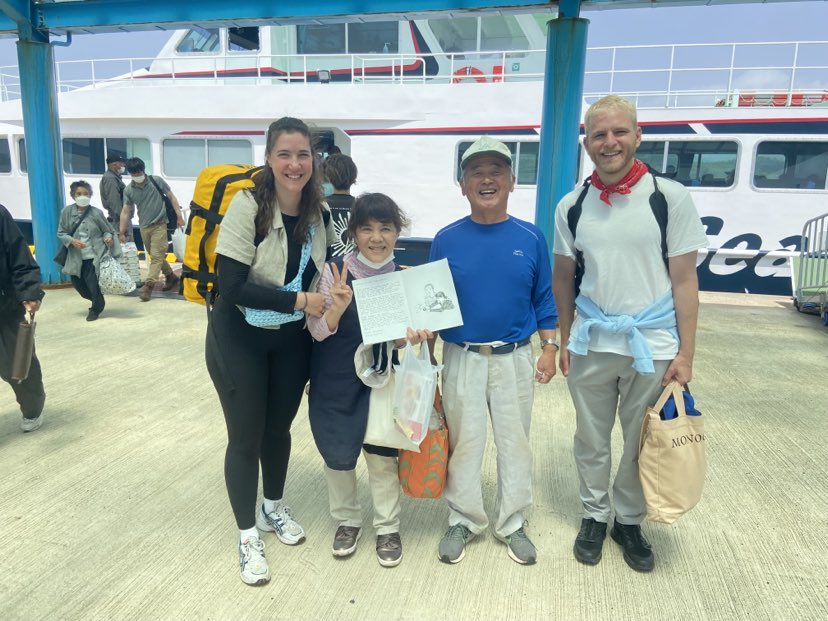
【 Friends and Couples 】
Friends and couples enjoy the intimate life stories of their hosts. Just like your grandparents they give the best advice!
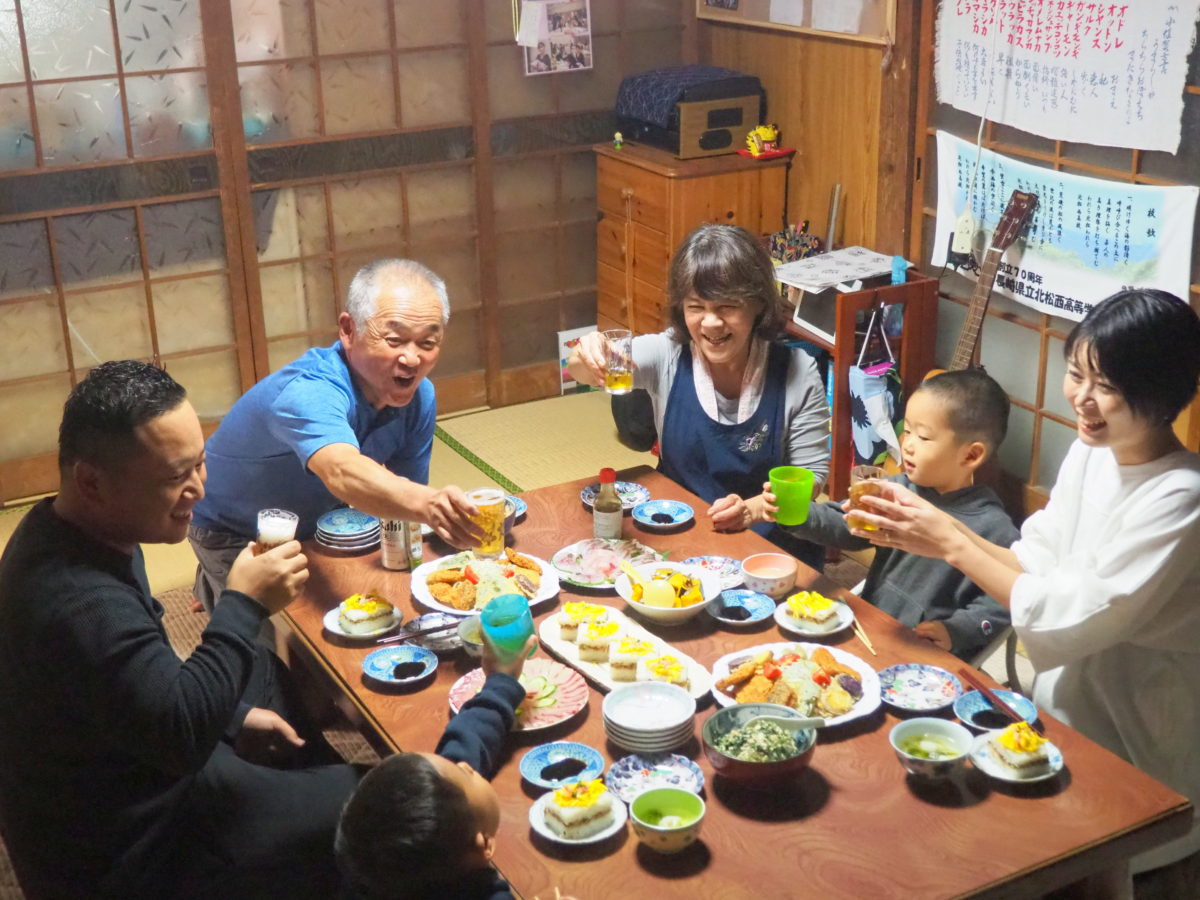
【 Groups 】
The more the merrier! Our homestay program offers a range of activities that you can all do together.
![]()
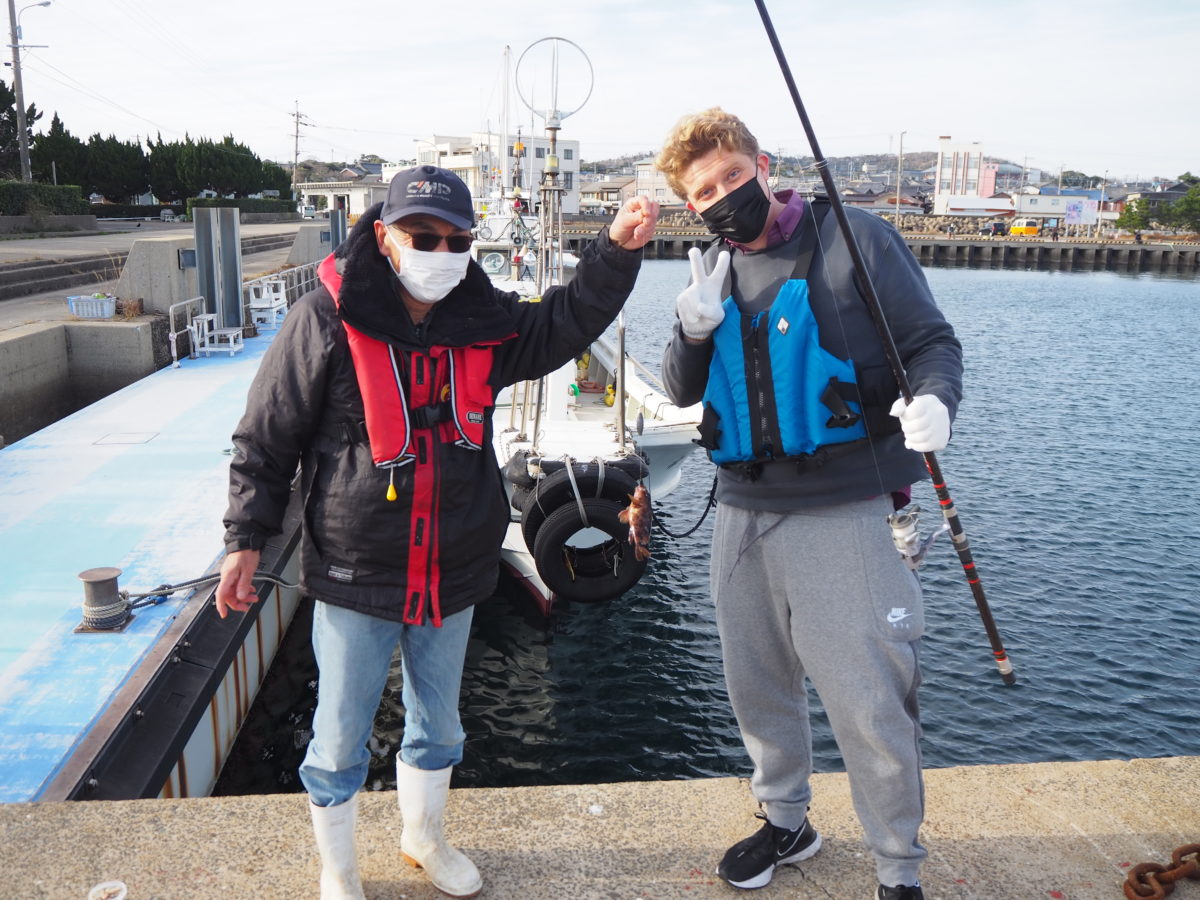 【Catch Your Own Dinner】
【Catch Your Own Dinner】You will be fishing using sabiki (flasher rig) for Japanese horse mackerel. This style of fishing is very easy and even beginners can enjoy themselves. Your host dad will be by your side the whole time making sure you are doing okay.
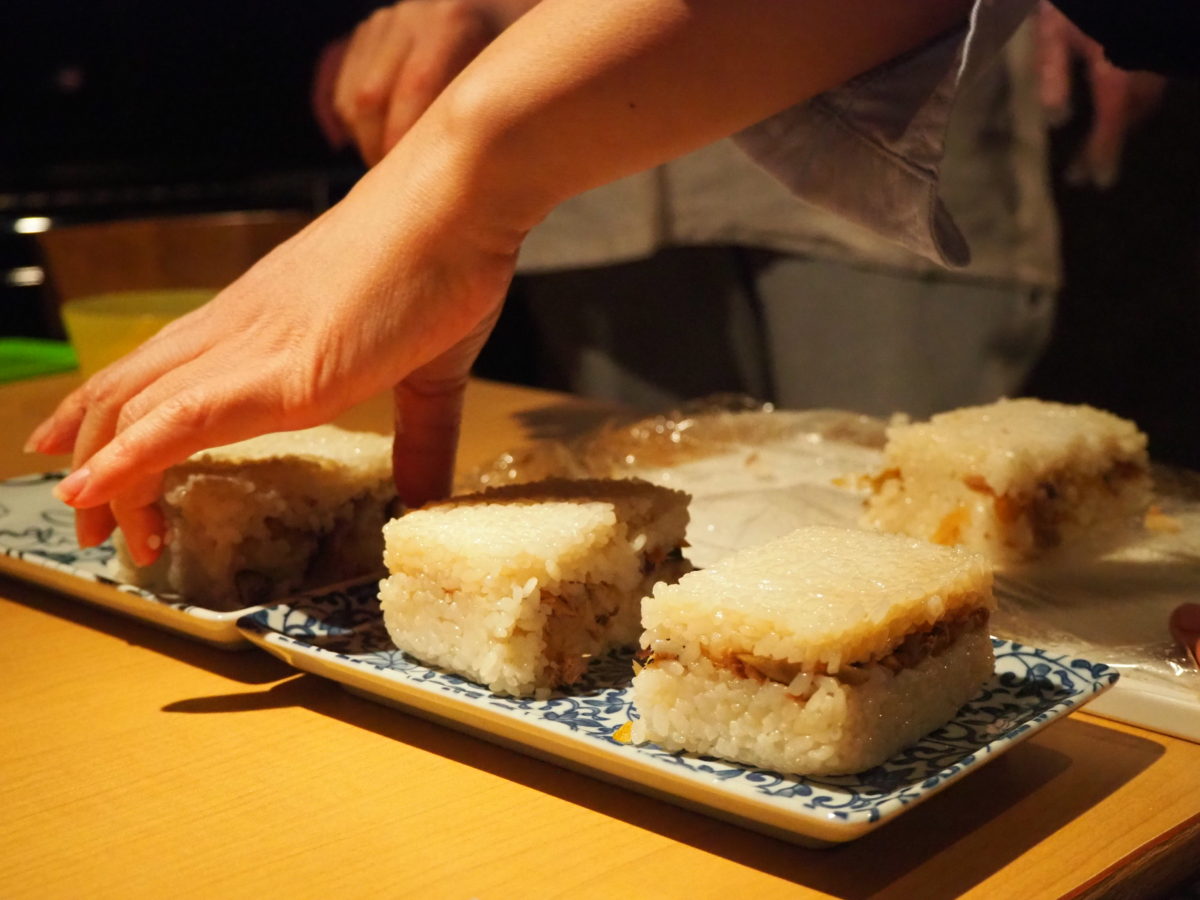 【Make Local Dishes】
【Make Local Dishes】Learn to cook some of Ojika’s authentic dishes from locally produced ingredients together with your host mom. Some of the dishes that you can make include Kamaboko, Oshizushi (pressed sushi) and Tokoroten depending on the season. You can also learn how to fillet fish and make sashimi.
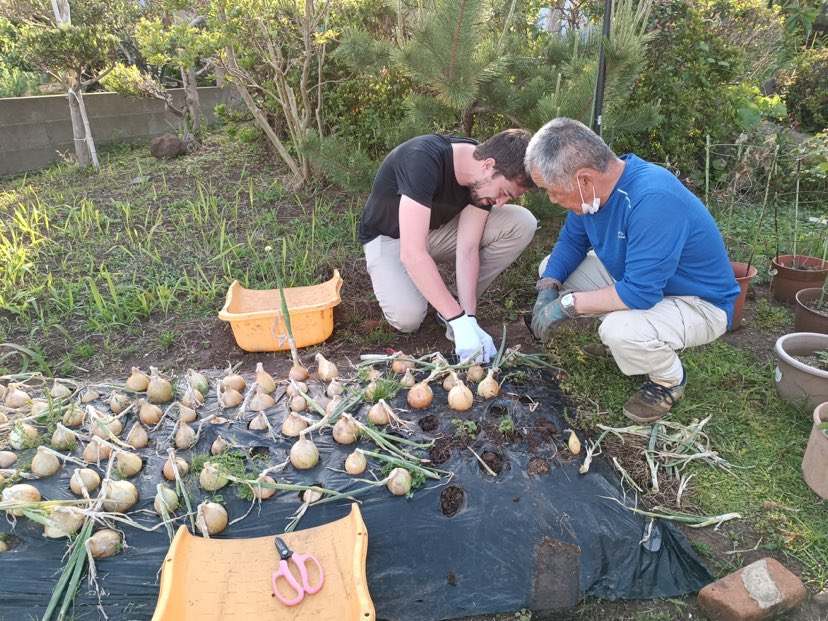 【Harvest Vegetables】
【Harvest Vegetables】Enjoy gardening in the fresh air and sunshine. Your host mom will teach you how to tend to vegetables and you will even be allowed to handpick some for dinner.
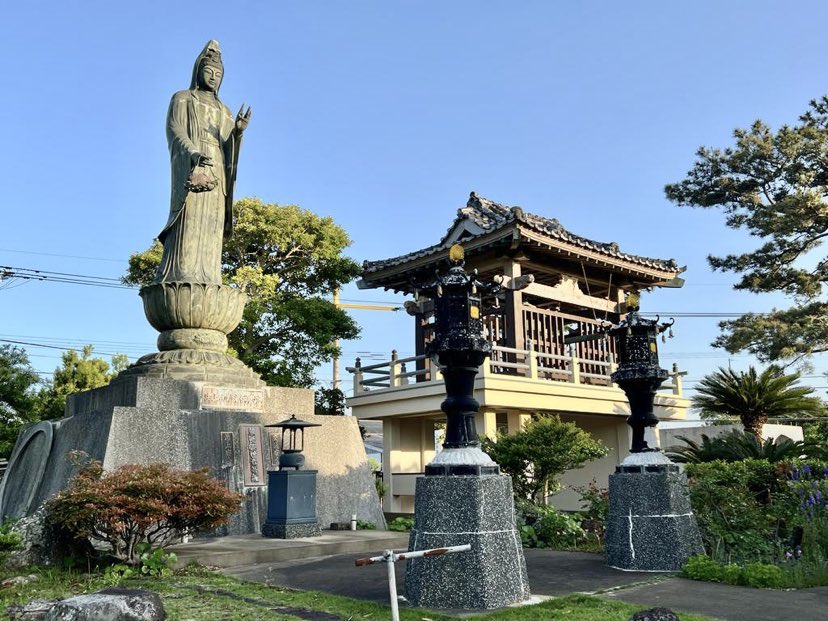 【Temple Experience】
【Temple Experience】Visit a beautiful temple to meditate, chant sutras and do some calligraphy. The second day of your homestay wake up early to ring the temple bell together with the temple priest.
![]()
See the sample itinerary below to give yourself an idea of what to expect.
※Reservations for two or more nights are accepted.
※We can incorporate extra activities into your homestay if informed in advance.
※Schedule adjustments might be required in case of poor weather conditions.
DAY 1 | ||
【Arriving on Ojika Island】 | 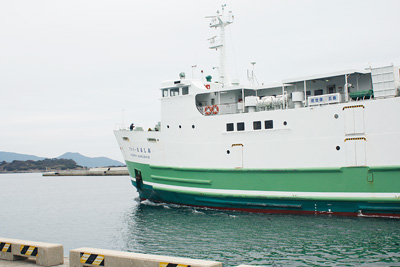 | (Ferry from Sasebo arriving at 2PM) |
【Visit the Tourist Information Office】 |  | Ojika Island Tourism office is located inside the ferry terminal. Here you can complete your payment, drop off your bags and grab a bike to explore the island until 4 PM. |
【Meet Your Host Family】 |  | Your host family will pick you up from Ojika Island Tourism office at 4 PM and drive you to their home. There you can catch your breath and chat with your hosts over a cup of tea. |
【Experience】 | 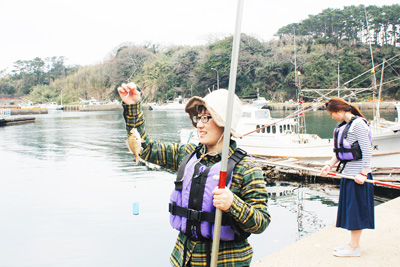 | It's time to experience the island life with your host parents! |
【Finishing Touches】 | 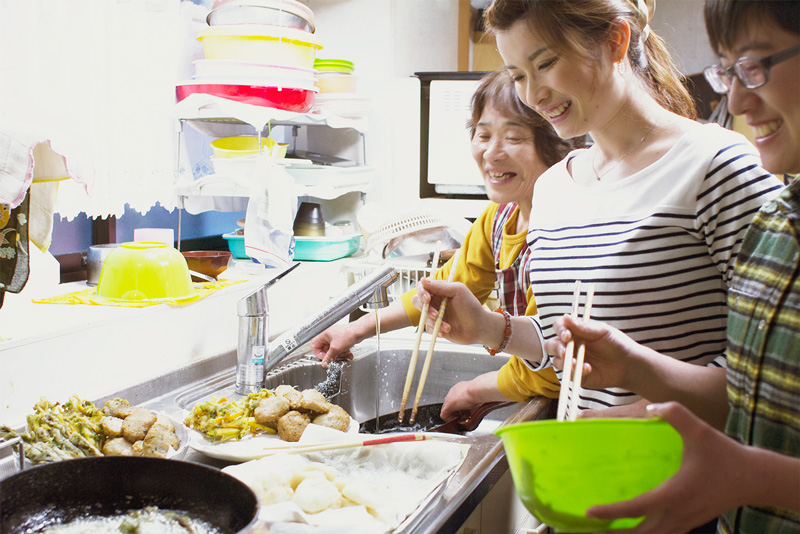 | Join your host mom in the kitchen to help with the final dinner preparations. |
【Dinner Time】 |  | Bond with your family at the dinner table filled with delicious local dishes. |
【Rest Time】 | After a long day of new experiences enjoy a soothing bath before you slip into a cozy futon to have a good night's rest. | |
DAY 2 | ||
【Breakfast】 | 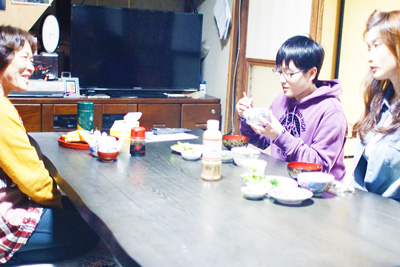 | Enjoy a peaceful breakfast with your host family. |
【Time to Say Goodbye】 |  | At 9 AM (or earlier if required) your host parents will drive you to the ferry terminal. ※Guests staying for 2+ nights will be asked to spend their "free time" outside from 9 AM until 4 PM. |
【Leaving Ojika Island】 |  |
![]()
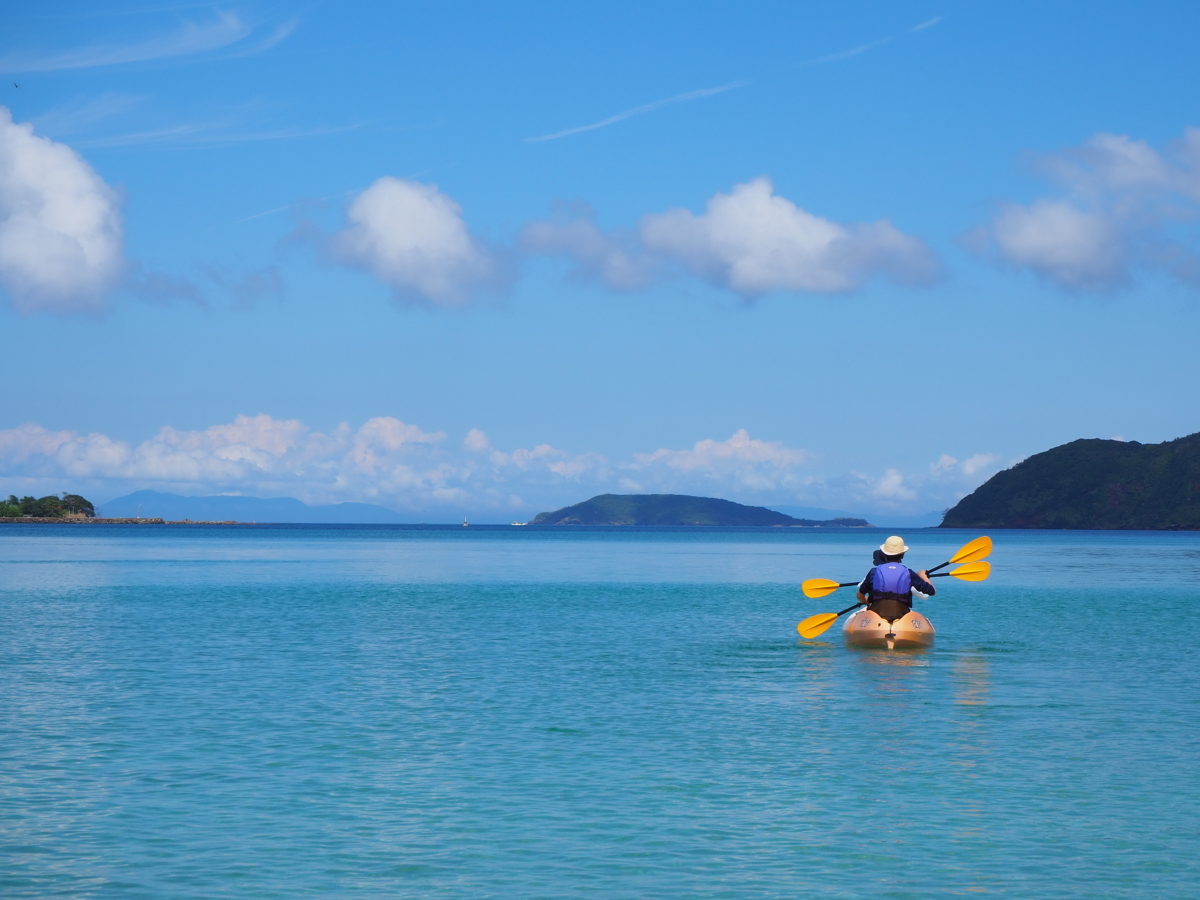
There’s More!
From various marine activities and trekking on Nozaki Island to gourmet, cultural and other unique experiences, Ojika is a destination that delivers. Apart from the homestay, Ojika Island has a selection of unique lodgings that will give you a feel for what it’s like to live on an island.
![]()
Considering to stay with a local family or have questions about Ojika in general? We are here to help!
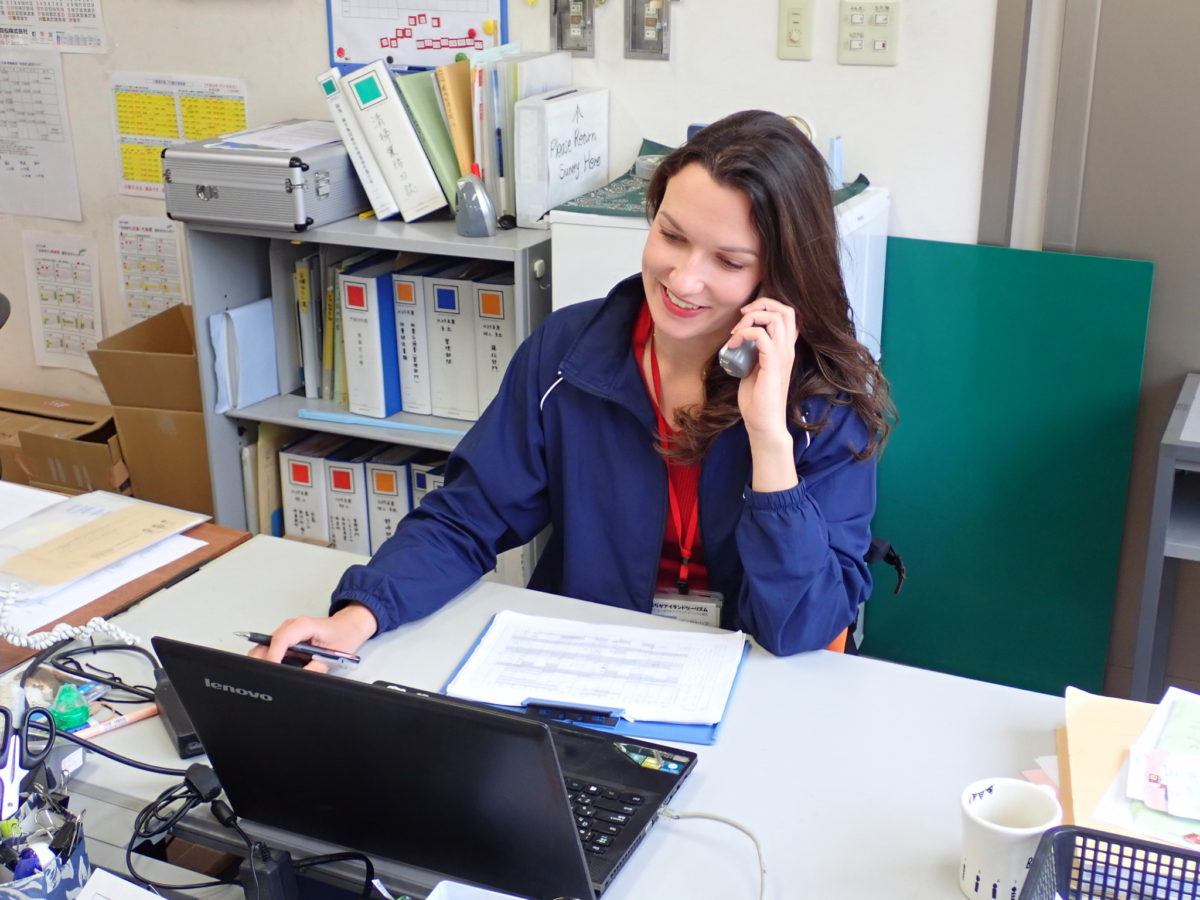
| Number of Guests | Price (per person) | What's included? |
| 2-6 Guests | 9,000 yen (excluding tax) | Dinner & Breakfast Pick-up at ferry terminal Medical insurance |
| 1 Guest | 12,000 yen (excluding tax) | 12,000 yen (excluding tax) |
※Please make a reservation at least two weeks in advance.
※You are welcome to experience Ojika as a family. Children under the age of 3 stay for free. Please note that two infants count as “1 Guest”.
※ During the high season (Golden Week and summer vacation) “1 Guest” reservations are not accepted. We apologize for any inconvenience caused.
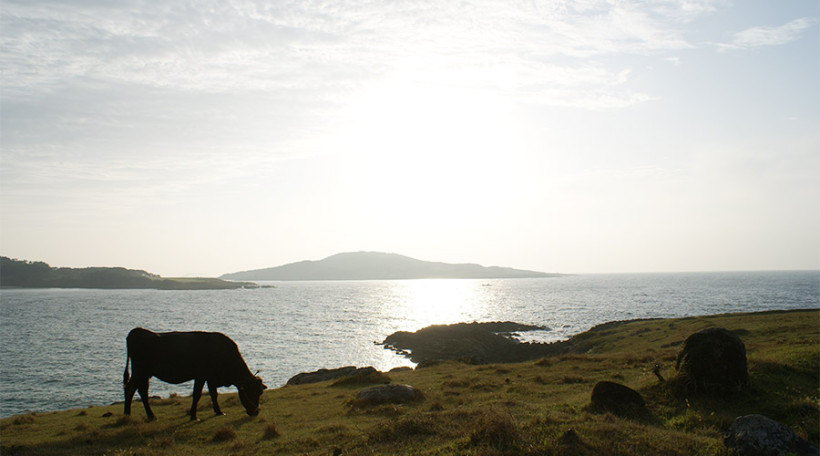
According to the ancient records of Hizen Province (modern-day Nagasaki and Saga): when Emperor Keikō visited Shijiki Islands (modern-day Hirado City), he looked at the sea in the West, noting that the islands there appear closer than they are. The word for close in Japanese is 近い (chikai) and the word for island is 島 (shima), and since then the islands were referred to as Chikashima. The islands in front (modern-day Ojika islands) were named Ochika, while the islands further back (modern-day Nakadoori Island and the islands further south) were named Oojika. In Kojiki: the oldest existing record of Japanese history, the modern-day Gotō Islands are referred to as Chikanoshima.
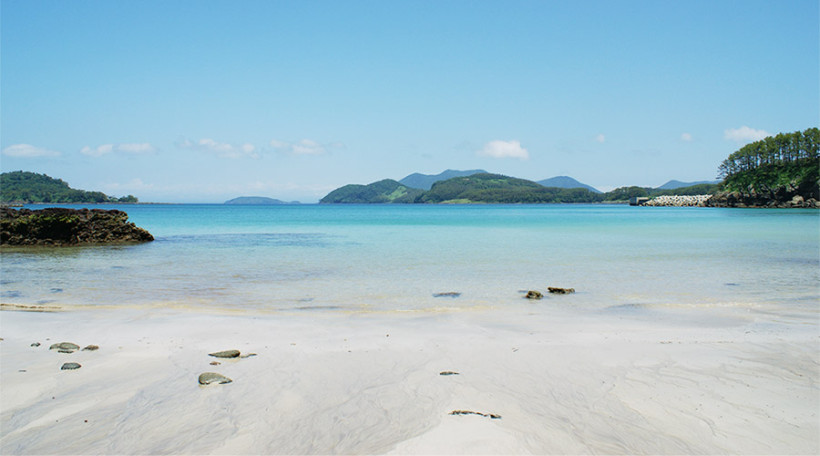
Hundreds of thousands of years ago several submarine volcanos erupted, their lava slowly merging to form the seventeen islands of the present-day Ojika town. These islands can be viewed from various observation points on Ojika Island.
Islands of Ojika have a flat terrain that is suitable for farming as well as shallow sea waters that have plenty of fish, unlike the neighboring Goto Islands that were formed by tectonic uplift and are mostly mountainous surrounded by deep-sea waters. Judging from the remains found on Ojika Island, humans were inhabiting it as far back as 25,000 years ago in the Paleolithic era.
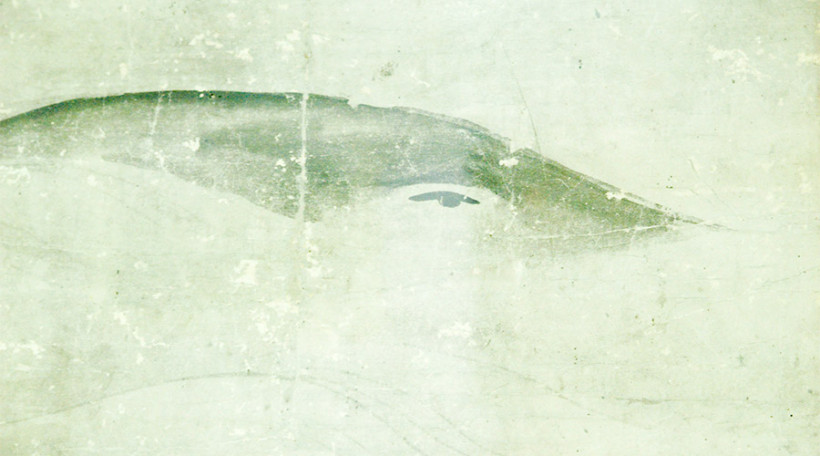
Ojika owes its wealth of history and culture to the sea that surrounds it. Because of its geographical position, Ojika has long been a center of trade and activity among the Goto islands. In 839 the Imperial Japanese court organized diplomatic missions called Kentō-shi to Tang Dynasty of China. Their route lied through the sea on the east side of Ojika Island, with Maegata Bay serving as a port of transit. As a result, Ojika’s economy and culture have flourished. Several anchor stones and numerous Chinese relics were found just off the coast of Ojika. Around the year 1600, whaling became a major industry, further boosting the island’s economy. The whale graves and monuments, as well as memorials for whale hunters who perished in the sea back in the day, can still be found on the island.
A life with a meaning.
Far away from all the tourist attractions, with no luxury resorts and bland hotels in sight, where an immediate solution of a convenience store is nowhere to be found.
Travelers hop off the ferry at a local port to discover a whole new world of shimmering sea, tile-roofed Japanese houses, and a decided lack of travelers. Locals here live in harmony with nature: growing their own food which they trade and share with each other. Experience the local culture through their eyes, relearning the values long forgotten, discovering a new side of Japan and yourself. Be careful though, the locals’ love for their home is contagious, making it hard to leave.
Our dream is to help preserve the traditional culture and lifestyle found on Ojika Island, while at the same time energizing the local economy through tourism. Over the years, many people from all over Japan, as well as from within the island have shared our dream.
It gives us great pleasure to invite you to visit our small island and help shape its future.
![]()
In the northern reaches of Goto Archipelago in Nagasaki prefecture lies the tiny island of Ojika, where the bright turquoise sea meets rugged volcanic rocks and wide-open spaces.
The awe-inspiring nature of Ojika Island is protected by Sakai National Park, while the town with its loveliest of the nostalgic rural atmosphere is regarded as one of The Most Beautiful Villages in Japan.
![]() Our small island is located around 60 kilometers west of Sasebo Port in Nagasaki Prefecture. You can reach Ojika from Sasebo in as little as 90 minutes via a high-speed boat, or a regular ferry that makes the journey from Sasebo to Ojika in about 3 hours. Alternatively, there is an overnight ferry leaving Hakata Port in Fukuoka city around midnight, reaching Ojika at around 5 AM.
Our small island is located around 60 kilometers west of Sasebo Port in Nagasaki Prefecture. You can reach Ojika from Sasebo in as little as 90 minutes via a high-speed boat, or a regular ferry that makes the journey from Sasebo to Ojika in about 3 hours. Alternatively, there is an overnight ferry leaving Hakata Port in Fukuoka city around midnight, reaching Ojika at around 5 AM.
Ojika town consists of seventeen islands, six of which are populated. Ojika Island has the largest population of around 2,300. Two other inhabited islands: Madara Island and Kuroshima Island are linked to Ojika Island by a bridge. There are also Ōshima, Noshima and Mushima islands that can be accessed via liner from Ojika Island.
The (mostly) uninhabited Nozaki Island is perhaps the most unique island: in the seventeenth century it used to be a refuge for the “Hidden Christians”. In 2018 the island was added to UNESCO’s World Cultural Heritage list as one of the “Hidden Christian Sites in the Nagasaki Region”. Visitors can access Nozaki Island by boat from Ojika Island. Basic accommodation is also available for those who wish to stay overnight.
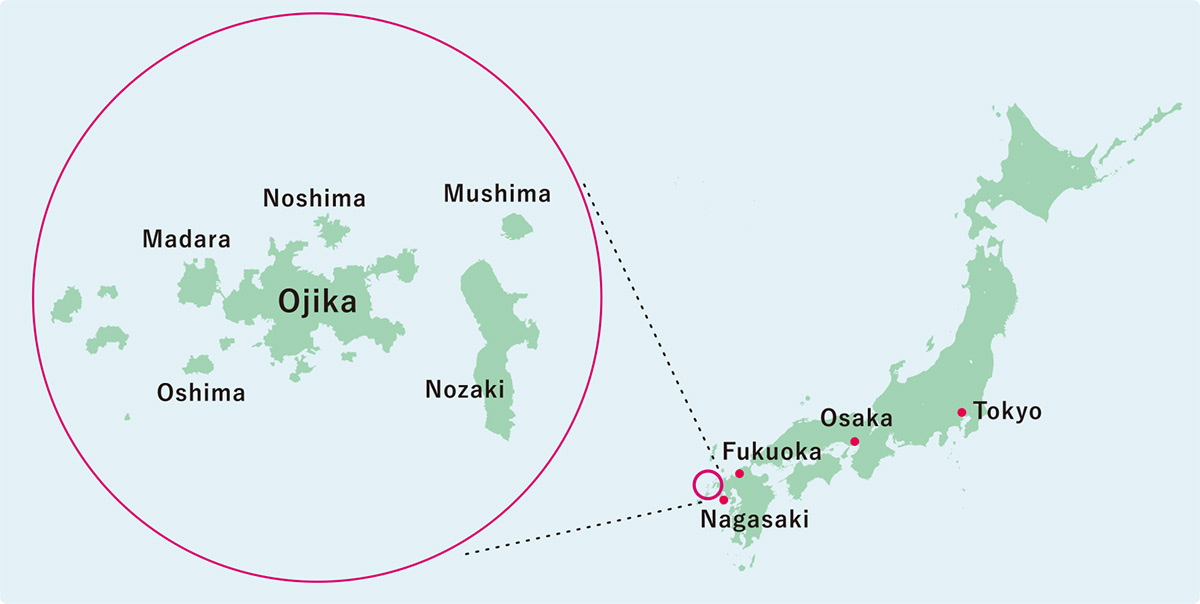
![]()
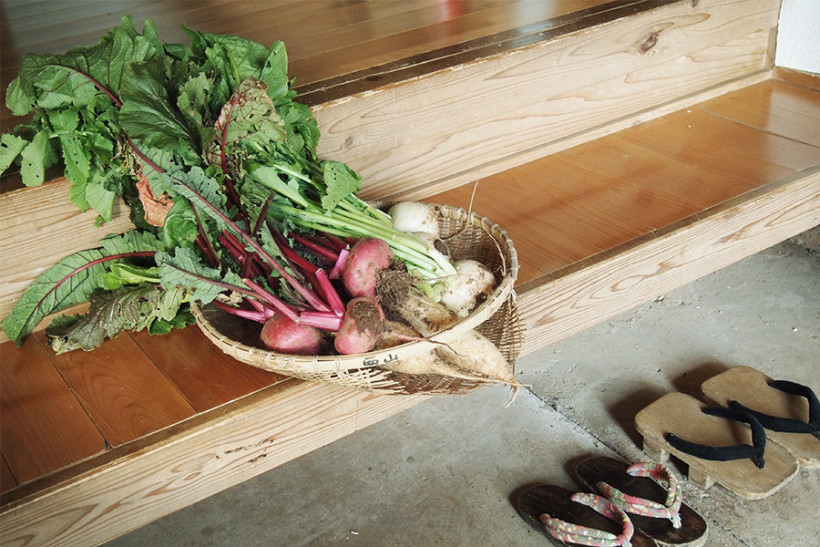
Ojika’s culture is based on the concept of Omoiyari (おもいやり in Japanese), which emphasizes the importance of being considerate of others. Here everyone is a part of a close community, where everyday life is full of thoughtful acts of kindness. The old custom of bartering: an act of exchanging something you have an abundance of for something you need, is very much alive here.
A fisherman will gift his neighbor farmer with a fish he caught. The next morning he will find freshly harvested rice and vegetables left at his door. It is said that generosity leads to greater joy and happiness and the people in Ojika are living proof of this.
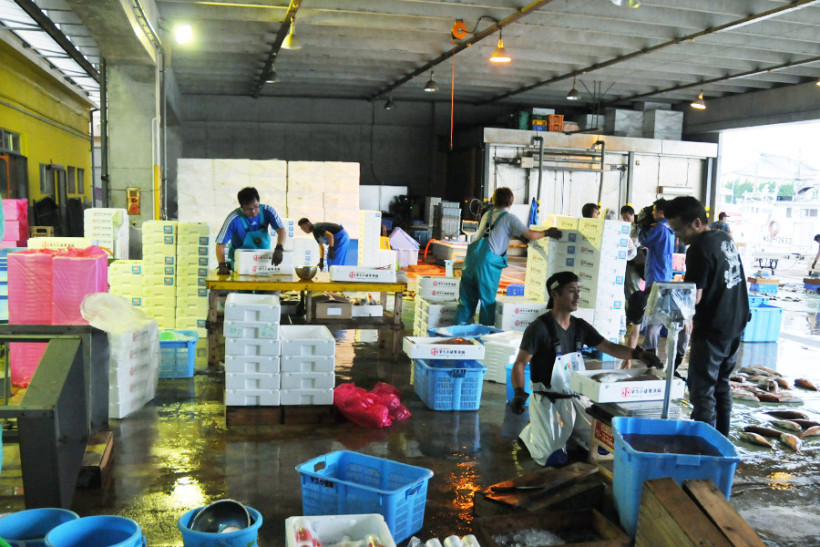
Surrounded by bountiful sea from every direction, Ojika Island is a treasure trove of marine delicacies. That is why some visitors might feel frustrated with a lack of shops selling fish here.
The reason for this is simply that locals have no need for them: being able to catch their own dinner any time they want, and if not, a kind neighbor or a friend will always have some fish to spare.
The fishing port of Ojika Island is as lively as ever, however, with fresh sea goodness being brought in here every morning by hard-working fishermen. It then gets exported to Nagasaki, Osaka, Kyoto, and Tokyo areas on mainland Japan. Visit here early morning to witness the fresh array of seafood of every shape and color being unloaded from the nets.
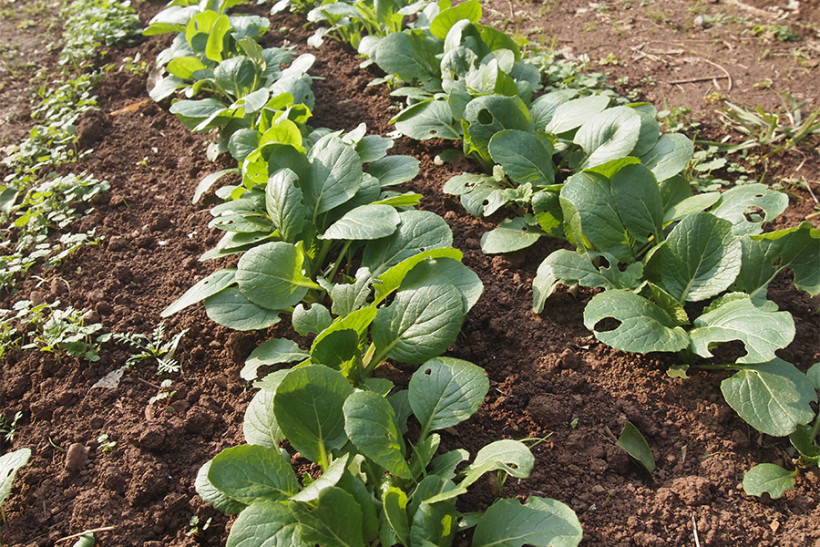
Experience the change of season in Ojika Island through its seasonal harvest. Here you will see vegetables growing in every conceivable location. The green leaves of all shapes and sizes will make you wonder what kind of vegetable is hiding inside the red volcanic soil beneath. Local shops are lined up with local produce, straight from the fields. However, it’s not only the farmers who grow vegetables. The kitchen garden is an important part of every household’s daily diet, with locals growing their own dinner in the backyard. Everyone makes sure to grow more than one can eat so that they can share with friends and neighbors: a great way to cultivate friendships.
![]()
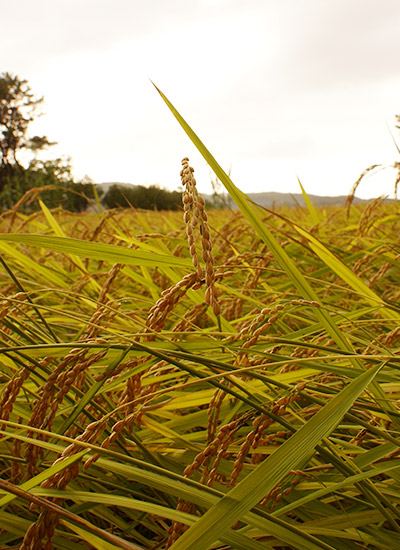
![]()
Ojika Island has a selection of unique lodgings that
will give you a feel for what it’s like to live on an island.
Ranging from budget-friendly hostels ran by friendly locals to
luxury folk houses that you can have all to yourself, find the experience you want
— whether that’s a complete rural getaway or cozy convenience —
while you enjoy all that Ojika has to offer.
Homestay
Folk House Rental
Kojiroyama Folkhouse
Ryokan and B&B
Nozaki Nature Village
